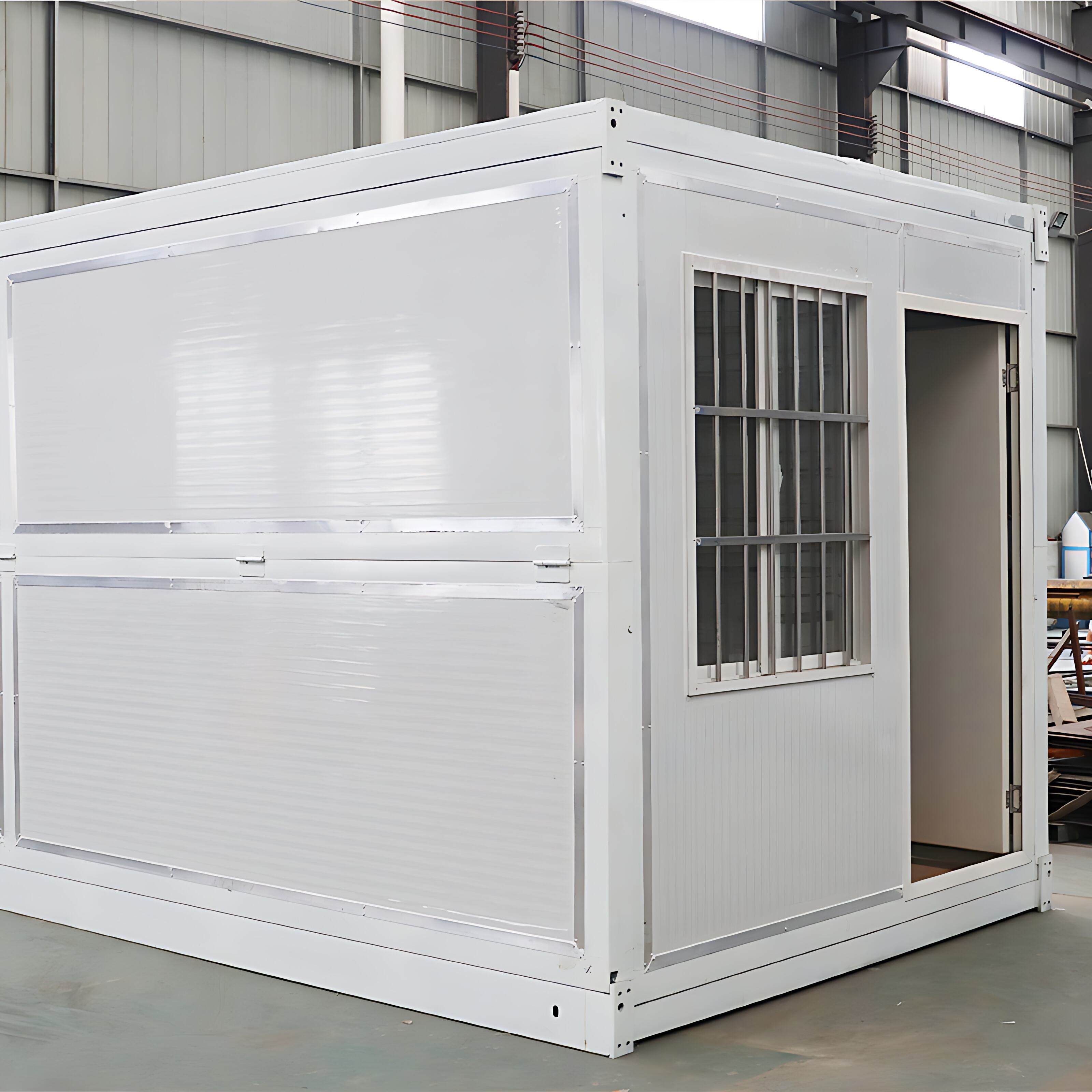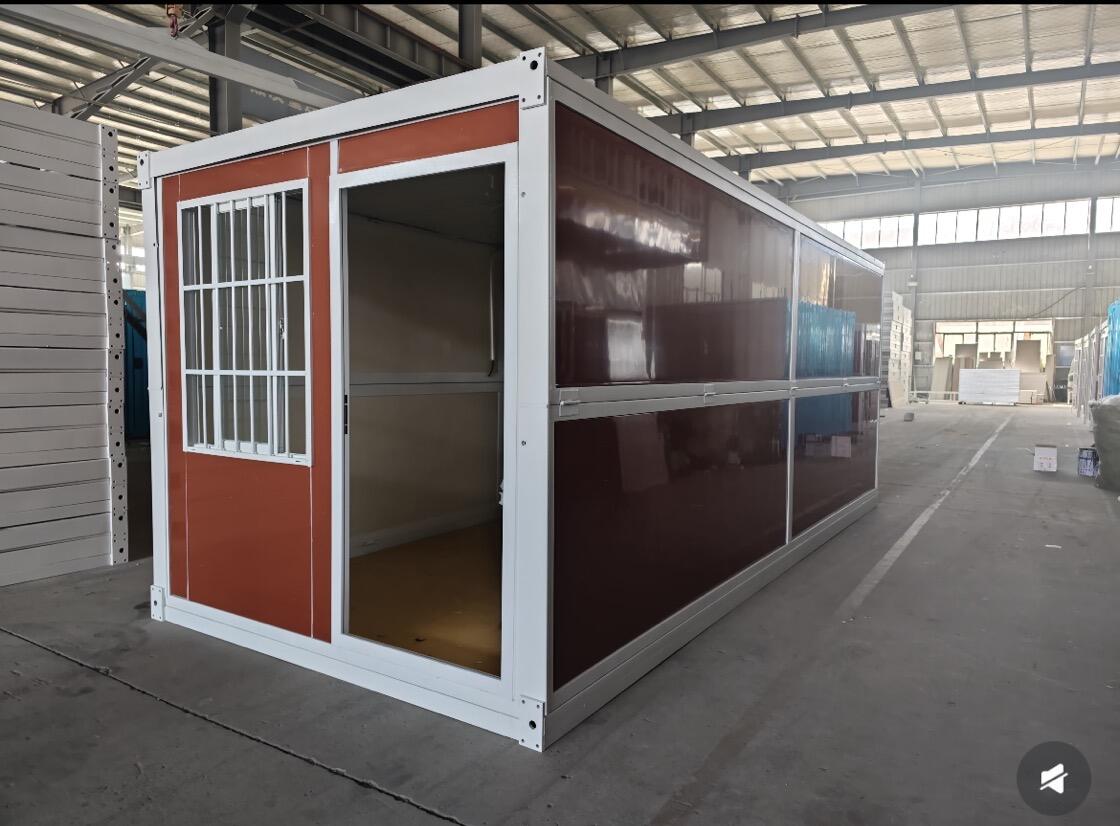Understanding Modern Prefabricated Housing Solutions
The landscape of residential construction has evolved dramatically, with prefabricated houses emerging as a sophisticated and practical housing solution. These innovative structures represent the perfect blend of efficiency, sustainability, and modern living, offering homeowners a streamlined path to their dream home. As the housing market continues to adapt to changing consumer needs, prefabricated houses have shed their historic stigma to become a preferred choice for discerning homebuyers.
Today's prefabricated houses are engineered with precision, incorporating advanced materials and cutting-edge construction techniques. They offer remarkable flexibility in design, superior quality control, and significantly reduced construction timelines compared to traditional building methods. Whether you're a first-time homebuyer, looking to downsize, or seeking an environmentally conscious housing solution, understanding the world of prefab homes is essential for making an informed decision.
Essential Considerations Before Investing
Design and Customization Options
Modern prefabricated houses come in an impressive array of designs, from minimalist modern to traditional styles. Manufacturers offer various levels of customization, allowing buyers to modify floor plans, choose finishes, and add architectural details that reflect their personal taste. The design process typically involves working with professional architects who understand how to maximize the benefits of prefab construction while ensuring aesthetic appeal.
Many prefabricated house providers maintain extensive catalogs of pre-designed models that can be modified to suit individual needs. This approach combines the efficiency of standardized production with the flexibility to create a unique living space. From selecting window placements to choosing interior layouts, the level of customization available might surprise those new to prefab housing.
Budget Planning and Cost Analysis
While prefabricated houses often cost less than traditional construction, it's crucial to understand the complete financial picture. The base price of the home is just one component - buyers must also consider site preparation, foundation work, utility connections, and transportation costs. However, the controlled factory environment typically results in less material waste and more predictable labor costs, making overall budgeting more straightforward.
Long-term financial benefits often include reduced energy costs due to superior insulation and modern building materials. Many prefabricated houses are designed with energy efficiency in mind, incorporating features like double-pane windows, high-quality insulation, and energy-efficient appliances as standard features.
Location and Site Preparation
Environmental Considerations
Choosing the right location for your prefabricated house involves careful evaluation of environmental factors. The terrain, soil conditions, and local climate all play crucial roles in determining site suitability. Professional site assessment ensures proper drainage, foundation requirements, and optimal positioning for energy efficiency.
Climate-specific modifications may be necessary to ensure your prefabricated house performs optimally in its intended location. This might include additional insulation for cold climates or enhanced ventilation systems for warmer regions. Working with manufacturers who understand local environmental conditions is essential for long-term satisfaction.
Legal and Zoning Requirements
Before finalizing your prefabricated house purchase, thoroughly investigate local building codes, zoning regulations, and permit requirements. Some areas have specific restrictions regarding prefab homes, while others embrace them as sustainable housing solutions. Understanding these requirements early in the process helps avoid costly delays or complications.
Working with local authorities and experienced contractors familiar with prefabricated construction can streamline the approval process. They can help navigate permits, ensure compliance with local regulations, and coordinate with utility companies for proper connections.
Quality and Construction Standards
Material Selection and Durability
High-quality prefabricated houses are built using durable materials that meet or exceed traditional construction standards. Factory construction allows for precise quality control and consistent application of building materials. Look for manufacturers who use premium materials and maintain rigorous quality assurance processes throughout production.
Modern prefabricated houses often incorporate innovative materials that enhance durability while reducing environmental impact. From steel frames to advanced composite materials, these components contribute to the longevity and performance of your investment.
Warranty and After-Sales Support
Reputable prefabricated house manufacturers provide comprehensive warranties covering both structural elements and finishing components. Understanding the warranty terms, including coverage duration and specific conditions, is crucial for protecting your investment. Look for manufacturers offering strong after-sales support and maintenance services.
Documentation of all warranties, maintenance requirements, and operational guidelines should be provided upon completion. This information helps ensure proper care of your prefabricated house and maintains its value over time.
Timeline and Project Management
Manufacturing and Delivery Schedule
One of the major advantages of choosing a prefabricated house is the shorter construction timeline compared to traditional building methods. However, careful planning is essential to coordinate manufacturing, delivery, and on-site assembly. Working with experienced project managers helps ensure smooth execution of each phase.

Understanding the manufacturer's production schedule and potential factors that could affect delivery timing helps set realistic expectations. Weather conditions, transportation logistics, and site preparation timelines all influence the overall project schedule.
Installation and Final Touches
Professional installation teams with specific experience in prefabricated construction are crucial for proper assembly and finishing. The installation process typically takes days rather than months, but attention to detail during this phase is essential for optimal results. Coordination between various contractors ensures efficient completion of utility connections and final interior work.
Quality control inspections during and after installation help verify that all components meet specifications and function as intended. This includes testing all systems, checking seals and connections, and ensuring proper integration with site utilities.
Frequently Asked Questions
What is the typical lifespan of a prefabricated house?
Modern prefabricated houses are built to last as long as traditional homes, typically 50-100 years or more with proper maintenance. The controlled factory environment often results in superior construction quality and consistency, contributing to long-term durability.
Can prefabricated houses withstand extreme weather conditions?
Yes, prefabricated houses are engineered to meet or exceed local building codes, including requirements for wind resistance, snow loads, and seismic activity. Many manufacturers offer specific reinforcement options for areas prone to extreme weather conditions.
How do financing options differ for prefabricated houses?
While some lenders offer specialized programs for prefabricated housing, the financing process generally follows similar patterns to traditional home purchases. Many financial institutions now recognize the value and quality of modern prefab construction, making various mortgage options available to qualified buyers.
Is it possible to relocate a prefabricated house after installation?
While technically possible, relocating a prefabricated house requires careful planning and professional expertise. The feasibility depends on various factors, including the home's design, size, and construction method. It's generally recommended to choose your initial location carefully rather than planning for future relocation.


